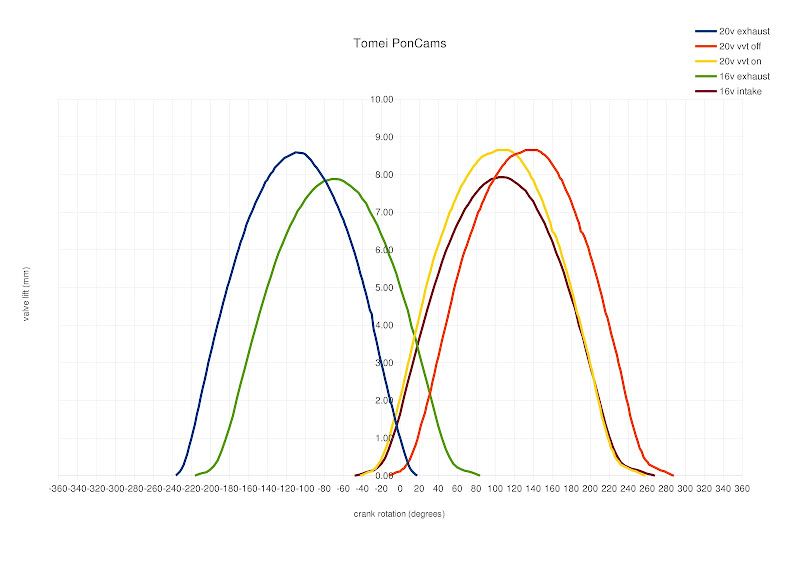yoshimitsuspeed wrote:You were doing pretty good until you got to here. First off I am going to assume you meant
can literally suck exhaust gases straight out of the intake manifold from neighboring cylinders
because what you said makes absolutely no sense.
A blast from the past! Apologies on the late reply. But No- I did indeed mean exhaust manifold. Thats where
exhaustgases come from.
Even if you did mean intake manifold you still missed the mark.
Oh my. please elaborate.
Overlap at low rpms causes exhaust gasses to be pushed through the intake valve into the runners. If there is too much exhaust gas then you get poor combustion and poor idle
Ah thank you- But hold up- Isnt that basically
exactly what I stated? Sounds to me like youre stating overlap at low rpms can cause exhaust gases (which come from where again, btw?) to be pushed through the intake valves and then into the runners (i jest, this is exactly what you stated- apologies for the redundancy). Now, what exactly did I state? "At low engine speeds this overlap is long enough that a cylinders that is ingesting air, can literally suck exhaust gases straight out of the exhaust manifold from
neighboring cylinders which are currently overlapping and have both valves open. This causes improper air/fuel ratios in the cylinder". So... wheres the discrepancy? Again, you've just stated exactly what I had.
Whether single TB or multi TB is irrelevant
Aye, totally agree 100%

and the concern has nothing to do with other cylinders sucking in exhaust gasses. The issue is that once those exhaust gasses have been pushed up the runner are sucked back into the chamber with the fresh air and fuel. If there is too much exhaust gas then you get poor combustion and poor idle.
Sooo.. The "concern has nothing to do with other cylinder sucking in exhaust gasses" it has to do with "Exhaust gasses (that) have been pushed.. into the other chamber (ie: cylinders). Wait. What?...
This will happen on any intake setup. If you don't believe me then go...
Any intake set up where the next cylinder on the intake stroke can suck up exhaust gases during long durations of overlap*. But hey- Totally believe you. I was fortunate enough to spend many years in a Tuning shop before I moved to australia, much of my time was spent assisting with dyno work- And completely found this to be true 100% of the time.
Again you almost got it but fell short. Hopefully not leading to the OP getting his ass kicked for smacking people around for getting in peoples faces with half educated "facts".
To really make your point correct you have to address the rest of the system.
If you put bigger cams in your motor and don't change anything else then you will make less power down low....
A) Ill keep this in mind the next time I see someone running
nothing but a high lift/duration camshaft with
zero other mods (correction- The first time I see this- As I never have to date) and B) I never said they wouldnt make less power. I said if someone says they make "no" power. this is figurative of course, But i was under the impression the context was coherent enough to properly display my intended meaning here. On my adventures I've met many,
many people who believe that engines with large duration/lift cams make not simply "less" power in the low range, but make ridiculously less power down low, so little that theyre under the impression the car would be an utter dog to drive at low rpms, and has to be revved to high hell and back. This notion is completely false in every case I've ever encountered (also verified by your dyno links, thanks for those btw) I've ever personally encountered in my amateur, and professional career. Again I was directing this comment at people who think they make
no (and by no, i mean so little that the car its dramatically slower, not just a smiedgen down on power) power down low.
So you are sorta half right but when it comes to stuff like this half right can do more harm than good.

Take care Chief.




